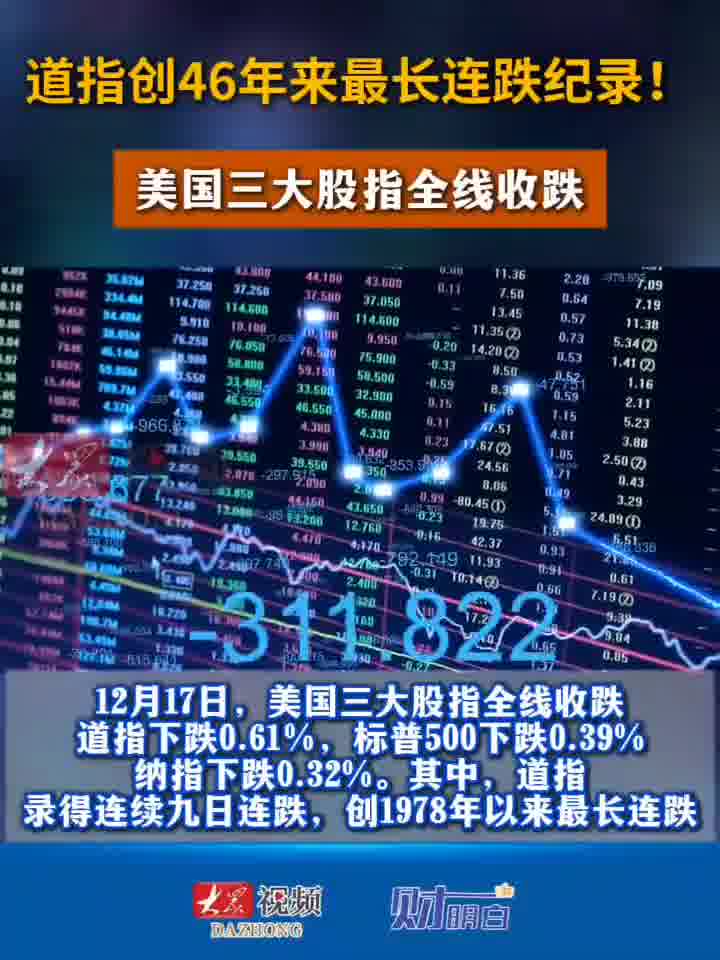The Dow has recorded its longest losing streak in half a century
Since the US stock market began to decline continuously on January 24, market sentiment has continued to be sluggish, and investors' concerns about the economic outlook have intensified. By the end of the 17th, the three major stock indexes had fallen to varying degrees. The Dow Jones Industries Average Index fell by 0.61%, the S & P 500 Index fell by 0.39%, and the Nasdaq Composite Index fell by 0.32%.

It is worth noting that this is the longest single-week decline on record for the Dow since October 1987. During this period, many major economies around the world have faced multiple challenges, including trade disputes, the spread of epidemics and slowing economic growth. These factors have combined to make the global economic situation more difficult, and investors are pessimistic about the future economic development.
From a technical perspective, recent market movements show increased uncertainty in the market. With the gradual tightening of the Federal Reserve's interest rate policy, market funds flow to emerging markets, while traditional industries are under some pressure. At the same time, the performance of technology stocks is also relatively weak, indicating that the market is worried about the uncertainty of the future.
In addition, the recent market performance also reflects investors' concerns about the global economic outlook. On the one hand, international trade disputes have disrupted the global supply chain, affecting the operational efficiency of enterprises; on the other hand, the spread of the epidemic around the world has also restricted economic activities, further dampening business confidence.
Overall, the current market environment is still full of uncertainty. While there may be some volatility in the short term, in the long term, investors need to be patient and pay close attention to macroeconomic data and policy developments to cope with possible risks.